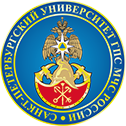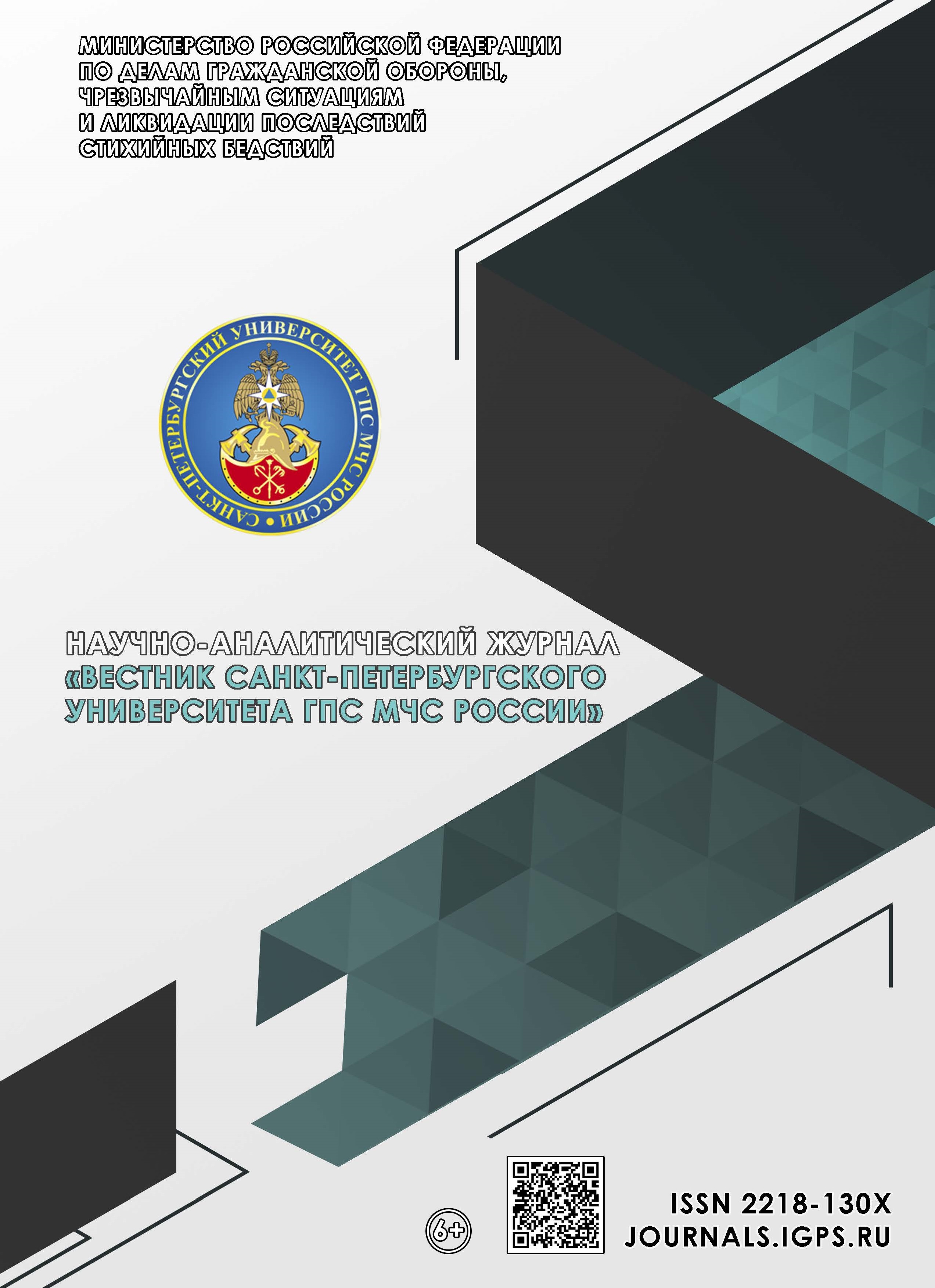Россия
Статья посвящена анализу научно-исследовательских работ по системам автоматического распознавания речи арабского языка и системам автоматического распознавания речи основных диалектов арабского мира. Существует несколько методов реализации систем распознавания речи. Одними из новых методов являются использование нейронных сетей и скрытых Марковских моделей, применяемых для распознавания речи. Арабский язык является одним из самых распространенных языков и наименее исследуемым с точки зрения распознавания речи. Данная статья представляет собой краткий обзор по имеющимся исследованиям в области распознавания арабской речи и арабского йеменского диалекта. В работе проанализированы наборы инструментов, доступные для разработки систем распознавания арабской речи. Приведены методики и алгоритмы, использованные для классификации и идентификации арабских диалектов. На текущий момент систем автоматического распознавания речи йеменского диалекта разработано относительно мало по сравнению с системами автоматического распознавания речи для современного стандартного арабского языка и системами автоматического распознавания речи других арабских диалектов.
распознавание речи, распознавание арабской речи, арабский йеменский диалект, нейронные сети, скрытые Марковские модели, идентификация диалектов, классификация диалектов
1. Arabic Speech Recognition with Deep Learning: A Review. Lecture Notes in Computer Science / W. Algihab [et al.]. 2019. P. 15-31. DOI:https://doi.org/10.1007/978-3-030-21902-4_2.
2. Natural speaker-independent Arabic speech recognition system based on HMM using Sphinx tools / Abushariah MAM. R.N. Ainon [et al.]. 2010. ICCCE.
3. Selouani S.-A., Alotaibi Y.A. Adaptation of foreign accented speakers in native Arabic ASR systems. Appl Comput Informat. 2011. № 9 (1). P. 1-10.
4. Alorfi F.S. Automatic Identification of Arabic Dialects Using Hidden Markov Models, Ph.D. thesis, USA: University of Pittsburgh, 2008.
5. The development of acoustic models for command and control Arabic speech recognition system / M. Nofal [et al.]. 2004. ICEEC’04.
6. Sa'Ed Abed, Hanem Ellethy, Mohammad H Alshayeji. Continuous formal arabic speech recognition system based on hidden Markov model. 3rd ICCSNIT on 26th-27th August 2017, in Montreal, Canada. 2017. ISBN: 9780998900032.
7. Alotaibi Y.A., Alghamdi M., Alotaiby F. Speech Recognition System of Arabic Digits based on A Telephony Arabic Corpus // Comput. Speech and Lang. - Department of Electrical Engineering, King Saud Univ., Riyadh, Saudi Arabia. 2008. P. 4.
8. New hybrid system (supervised classifier/HMM) for isolated Arabic speech recognition / H. Bourouba [et al.]. 2nd. ICTTA’06.
9. Bahi H., Sellami M. Combination of vector quantization and hidden Markov models for Arabic speech recognition. Proceedings in: ACS/IEEE ICCSA. 2001.
10. Omar F. Zaidan Arabic dialect identification // Computational Linguistics. 2014. Vol. 40. Iss. 1. P. 171-202.
11. Syllable-based automatic Arabic speech recognition in noisy-telephone channel. In: WSEAS transactions on signal processing proceedings, WSEAS / M. Azmi [et al.]. 2008. Vol. 4. Iss. (4). P. 211-220.
12. Computer aided pronunciation learning system using speech recognition techniques, NTERSPEECH 2006, ICSLP / SM. Abdou [et al.]. P. 249-252.
13. Elharati H.A., Alshaari M., Këpuska V.Z. Arabic Speech Recognition System Based on MFCC and HMMs. jcc. 2020. № 08 (03). P. 28-34.
14. Eman Z.E., PhD thesis. Arabic Continuous Speech Recognition System using Sphinx-4. 2012. P. 87.
15. Hyassat H., Abu Zitar R. Arabic speech recognition using SPHINX engine // International Journal of Speech Technology. 2006. № 9 (3-4). Р. 133-150. DOI:https://doi.org/10.1007/s10772-008-9009-1.
16. Satori H., Harti M., Chenfour N. Introduction to Arabic speech recognition using CMU Sphinx system. ICTIS07, 2007.
17. Al-Anzi F.S., AbuZeina D. The effect of diacritization on Arabic speech recogntion. 2017. IEEE Jordan Conference on AEECT. DOI:https://doi.org/10.1109/aeect.2017.8257758.
18. Ali A.R. Multi-Dialect Arabic Speech Recognition // 2020 International Joint Conference on Neural Networks (IJCNN). DOI:https://doi.org/10.1109/ijcnn48605.2020.9206658.
19. Ali A., Vogel S., Renals S. Speech recognition challenge in the wild: Arabic MGB-3. 2017 IEEE Automatic Speech Recognition and Understanding Workshop (ASRU). P. 316-322.
20. Emami A., Mangu L. Empirical study of neural network language models for Arabic speech recognition. IEEE Workshop on Automatic Speech Recognition & Understanding (ASRU). 2007. P. 147-152.
21. Levin E., Al-Dhaibani A. Research of Window Function Influence on the Result of Arabic Speech Automatic Recognition. USBEREIT 2019. IEEE 2019. DOI:https://doi.org/10.1109/usbereit.2019.873657.
22. Bahi H., Sellami M. A hybrid approach for Arabic speech recognition. Proceedings in: ACS/IEEE ICCSA. 2003.
23. Alotaibi Y.A. Comparative Study of ANN and HMM to Arabic Digits Recognition Systems // Journal of King Abdulaziz University: Engineering Sciences. 2008. Vol. 19. № 1. P. 43-60.
24. Alsayadi H.A., Abdelaziz A., Hegazy I., Fayed T. Non-diacritized Arabic speech recognition based on CNN-LSTM and attention-based models. Nov. 2021. № 41 (1). P. 1-13. DOI:https://doi.org/10.3233/JIFS-202841.
25. Аль-Дайбани А. Исследование методов и разработка алгоритмов обработки сигналов для систем автоматического распознавания телефонной речи в республике Йемен. Владимир: Влгу, 2019. 150 с.
26. Hussein A., Watanabe S., Ali A. Arabic speech recognition by end-to-end, modular systems and human. Computer Speech&Language. 2022. № 71. P. 101272. DOI:https://doi.org/10.1016/j.csl.2021.101272.
27. Alotaibi Y.A. Spoken Arabic digits recognizer using recurrent neural networks. In: Proceedings of the fourth IEEE ISSPIT. 2004. P. 195-199.
28. Essa E.M., Tolba A.S., Elmougy S. A comparison of combined classifier architectures for Arabic Speech Recognition. International Conference on Computer Engineering & Systems. 2008. DOI:https://doi.org/10.1109/icces.2008.4772985.
29. Alotaibi Y.A. Investigating spoken Arabic digits in speech recognition setting. Information Sciences. 2005. Vol. 173. № 1-3. Р. 115-139.
30. A novel approach to increase the robustness of speaker independent Arabic speech recognition / M. Shoaib [et al.]. IEEE. 7th. INMIC. 2003. № 8-9. P. 371-376.
31. Anas A., Nura Z., Ali G. Speech Recognition of Arabic Spoken Digits // University of Tripoli, Faculty of Engineering, P.O. Box 13589, Tripoli, Libya. 2013. P. 8.
32. Ali Ganoun, Ibrahim Almerhag, Performance Analysis of Spoken Arabic Digits Recognition Techniques // Ganoun Ali, Almerhag Ibrahim - Journal of electronic science and technology. 2012. Vol. 10. № 2. P. 5.
33. Mourad T. Arabic Speech Recognition by Stationary Bionic Wavelet Transform and MFCC Using a Multi-layer Perceptron for Voice Control. In: SCT. Springer. 2022. P. 69-81.
34. Abdulghani M.A. The Phonology and Morphology of Yemeni TihamiDialect: An Autosegmental Account. URL: https://core.ac.uk/display/32600773 (дата обращения: 15.03.2023).
35. The application of polynomial discriminant function classifiers to isolated Arabic speech recognition. In: Proceedings of the IJCNN / M. Khasawneh [et al.]. 2004. P. 3077-3081.
36. F0 alignment patterns in arabic dialects / M. Yeou [et al.] // Proc. of the 16th. ICPhS XVI. Saarbrücken, Germany. 2007.
37. Lulu L., Elnagar A. Automatic Arabic Dialect Classification Using Deep Learning Models. Procedia Computer Science. № 142. Р. 262-269. DOI:https://doi.org/10.1016/j.procs.2018.10.489.
38. Neural Network Architectures for Arabic Dialect Identification. Association for Computational Linguistics. In Proc. of the Fifth Workshop on NLP for Similar Languages, VarDial / M. Elise [et al.]. Santa Fe, New Mexico, USA. 2018. P. 128-136.
39. Soumia Bougrine H.C., Abdelali A. Spoken Arabic Algerian dialect identification. Second ICNLSP. 2018. DOI:https://doi.org/10.1109/icnlsp.2018.8374383.
40. Biadsy F., Hirschberg J., Habash N. Spoken Arabic Dialect Identification Using Phonotactic Modeling, Proceedings in: EACL. 2009. P. 53-61.
41. Biadsy F., Hirschberg J., Using Prosody and Phonotactics in Arabic Dialect Identification, Proceedings in: Interspeech. 2009. P. 208-211.
42. A Lexical Distance Study of Arabic Dialects. Procedia Computer Science / K.A. Kwaik [et al.]. 2018. № 142. P. 2-13. DOI:https://doi.org/10.1016/j.procs.2018.10.456.
43. Spoken Arabic dialects identification: The case of Egyptian and Jordanian dialects. International Conference on Information and Communication Systems (ICICS) / M. Al-Ayyoub [et al.]. 2014. 5th. DOI:https://doi.org/10.1109/iacs.2014.6841970.
44. Alshutayri A., Atwell E. Arabic dialects annotation using an online game // 2nd International Conference on Natural Language and Speech Processing. (ICNLSPIEEE). 2018. DOI:https://doi.org/10.1109/icnlsp.2018.8374371.
45. Ahmed B.H.A., Ghabayen A.S. Arabic Automatic Speech Recognition Enhancement // Palestinian International Conference on Information and Communication Technology (PICICTIEEE’017). 2017. DOI:https://doi.org/10.1109/picict.2017.12.
46. Soumia Bougrine, Hadda Cherroun, Djelloul Ziadi. Hierarchical Classification for Spoken Arabic Dialect Identification using Prosody: Case of Algerian Dialects. Computation and Language. 2017.
47. Nadia H., Tony A. Echo State Networks for Arabic Phoneme Recognition. World Academy of Science, Engineering and Technology International Journal of Computer and Information Engineering. 2013. Vol. 7. № 7.
48. Abdelaziz A.E.M. A Proposed Automatic Speech Recognition model for the Sudanese Dialect, MSc thesis, Sudan University of science and techno. 2020.
49. Ali A.R. Multi-Dialect Arabic Speech Recognition. 2020 IJCNN. DOI:https://doi.org/10.1109/ijcnn48605.2020.92066.
50. Modern standard Arabic based multilingual approach for dialectal Arabic speech recognition. In: Eighth SNLP / M. Elmahdy [et al.]. 2009. IEEE.
51. AbuZeina Dia, Elshafei Moustafa. Cross-Word Modeling for ASR // Elshafei, SpringerBriefs in in Electrical and Computer Engineering. 2012. 74 p. DOI:https://doi.org/10.1007/978-1-4614-1213-7_2.





